Celebrating 50 Years of MS Innovation - The future of MS: Technical discussions Topics (Global Edition)
- Celebrating 50 Years of MS Innovation
- Looking back on 50 years
- User interviews
- The future of MS: Technical discussions
- MS Quiz
- New MS products
- Memorable MS Moments (NEW)
In this discussion, Shimadzu staff compare their experiences of market trends in different regions and put forward their ideas for how to meet these future challenges.
1. Easy to use even for non-experts
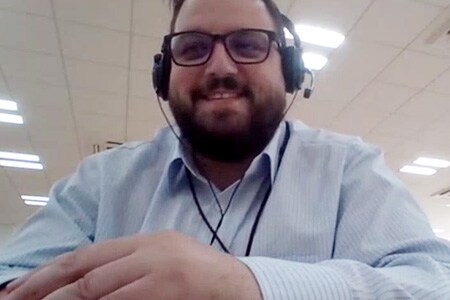
Mikael: Mass spectrometers are now installed in a wide variety of laboratories. People need to use MS in their work even if they don’t have much previous experience. I see customers needing instruments that can tune themselves using software or artificial intelligence, come with auto-diagnostics, and have a very simple software interface.
Nigel: Yes, customers are becoming accustomed to easy, integrated solutions. They want these analytical instruments to anticipate their workflow, providing the information or applications that they need for the next step. The consumables and the service also have to be integrated. The instruments can now predict when a column should be replaced, when service will be needed, and so on. Users have come to expect that type of analytical intelligence.

Sandy: In Asia we are seeing the same patterns. People are looking for smart instruments. If we can really utilize our technology to allow the MS to make decisions in place of the operator, then we can capitalize on this trend.
Chris: Rather than a general-purpose mass spectrometer, customers are now looking for a “black box” to solve a particular problem. I think we’re going to see a big change over the next few years. Soon you will buy a machine with a customized solution designed for one particular application. We have to make sure that we work hard on the firmware and software to match up with our hardware excellence, and focus on building machines for one particular purpose – the Pesticide LCMS, or the Peptide LCMS, for example.
Nigel: In the United States we face an interesting challenge. With the wider adoption of MS, there is a definite demand for more ease-of-use, but equally there is still a base of ‘elite users’ that want flexibility in how they use their instruments. Manufacturers have to provide both simple, easy-to-use instruments and the more flexible instruments that allow highly-skilled users to keep innovating. Pharmaceutical companies in particular want to see a vendor that provides both. They want to be cutting-edge in terms of innovation, but at the same time they need routine quantification and data processing to be as simple as possible. It’s a real challenge for vendors to meet those two very separate objectives.
2. Providing a total solution
Song: I think that automation ties into ease-of-use. In China we have many less-experienced users, and automation reduces the risk of human error. Recently customers are even looking for automated maintenance. An example would be the auto-diagnosis and auto-recovery of the Nexera LC.
Sandy: People do want more automation, but especially in our region, affordability is a big concern. They have to balance the cost of automation with the cost of labor.
Song: In China, MS is becoming more popular also in lower-end laboratories. The user may have to operate many other instruments in addition to the MS, and they are looking for efficiency. They would like the MS to operate on its own as much as possible.
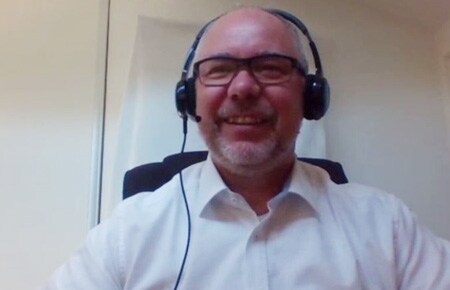
Stephane: Because of a new EU regulation coming into force in 2022, the IVDR, we are seeing a lot of customers who want their MS connected to a lab automation system. This includes automated sample prep and dedicated reagent kits which have been clinically validated.
Sandy: What our customers are now expecting is a “total solution” from the vendor, including the sample pretreatment, the consumables, the methods, the report templates... everything. They don’t want to spend time on developing the method or on trial-and-error. That’s why I say that as a vendor we have to be “Total Solution Provider”.
Moderator: Is this also a trend in Europe?
Stephane: Yes, and I would also add the word “standardized”. In fields such as food safety and clinical analysis, you need to be accredited by a national body. And so people are asking for standardized total solutions.
Sandy: Sometimes our users also ask us for 1 year’s application service, meaning that our staff will be on-site helping them to develop the methods.
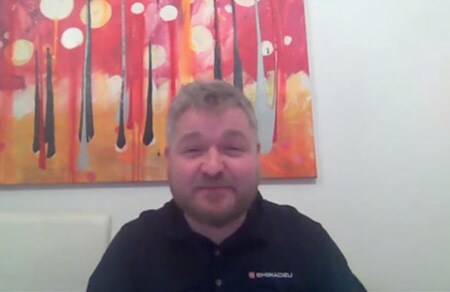
Chris: Of course we need to provide long-term support as sales and technical specialists, but we do need to get to a point where we have empowered the user to achieve what they set out to. That end point has to be discussed with the customer as part of the solution.
3. Portable with a small footprint
Sandy: Some customers have strict requirements for the size of the instrument This is becoming very common now, not only because overall space is limited, but because the number of MS instruments in one lab is increasing.
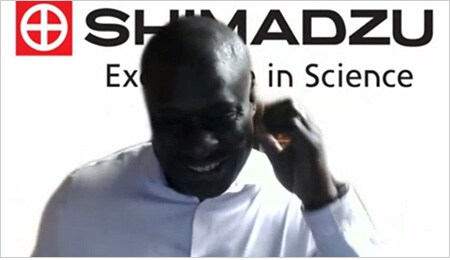
Nigel: Absolutely. People are willing to compromise on absolute performance for a reduced footprint, especially when you have the software tying everything together. In places like Boston and New York, there’s a lot of innovation going on, but lab space is really exorbitant, so more and more labs are asking for that smaller footprint. The Nexera is very attractive in the LC market, but now we also have the MALDImini-1.
Chris: The MALDImini-1 is a great example of a small, compact product that generates interest. Customers are coming to us, saying, “Tell us more about the MALDImini-1”.
Nigel: I think Shimadzu is also taking the lead on green initiatives, which is important to our customers. They are even concerned with the amount of packaging when it comes to shipping and handling. We see that a lot in the US. Another point is portability. In the environmental and food markets, for example, people want to test right where they are.
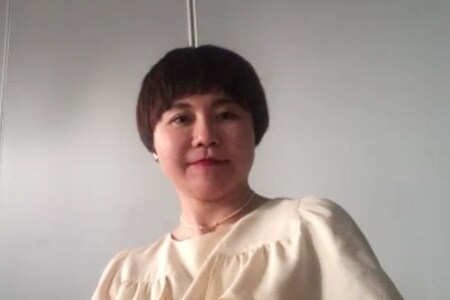
Song: Yes, in China we have some situations that call for on-site mobile analysis, for example testing street food. A lab result might take several days, and by then the seller has already moved on. The customer wants a more reliable result for both quantitative and qualitative analysis, but portable instruments are not yet meeting these requirements.
Chris: Equally, there are some markets where small, low-performance instruments are really needed. For example, illegal drug testing, particularly on-site in bars and clubs, is a very hot topic in Australia right now.
Sandy: I agree. The DPiMS is very fast and sensitive for drug testing. However, it is still quite expensive and bulky. So we need more instruments that are small, fast and easy-to-use. For illegal drugs you don’t generally need such high sensitivity, because the concentration is quite high.
Chris: I’m picturing something like those swabs for explosives in airports.
4. Envisioning the future
Moderator: Mikael, from the viewpoint of an MS engineer, what should we do to create a small, automated, easy-to-use instrument? How can we achieve that?
Mikael: It’s not just about reducing the size, because at Shimadzu, we want to maintain or even improve on the current performance. Some work is being done into reducing the space requirements of our MS instruments, first focusing on the single quad. We need to develop new technologies, which will take time, but these can then be transferred to the triple quad and maybe to high-resolution MSs.
Nigel: It’s a process of many iterations towards an ideal product. We need to keep in mind our vision for that ideal product, so that as soon as the technology evolves, we’re ready to take advantage of it and incorporate it into our instruments right away.
In summary
In this article, Shimadzu Group specialists in mass spectrometry discuss trends and possible future developments in MS technology.
Ease-of-use, integrated “total solutions”, and portable, compact instruments are features in demand around the globe.
To meet these customer requirements, Shimadzu is working to incorporate AI and other enhancements seamlessly into our instruments. We are continually challenging ourselves to create new value through innovative technology.


